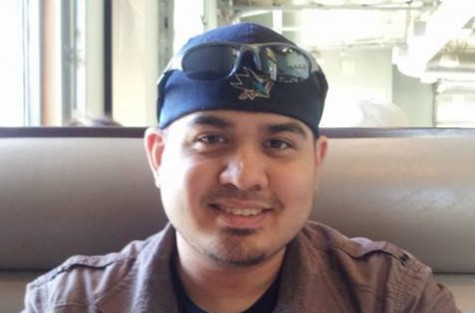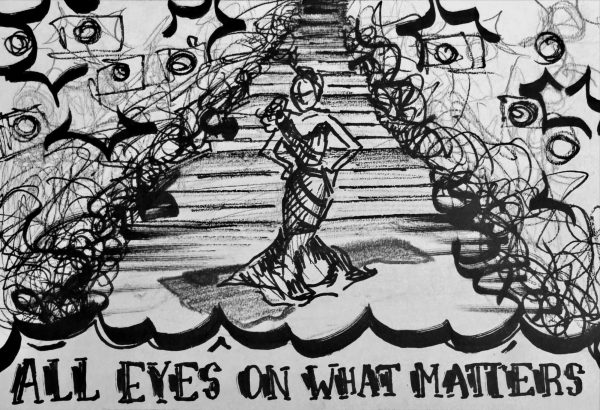The real story of Halloween
Every Oct. 31, children and adults alike don costumes of anything and everything that will garner a laugh, a fright or an “oh how cute.” The kids go trick-or-treating while the older crowds have parties, but chances are, neither could tell you what the point of the Halloween holiday is to begin with.
It dates back to roughly 2,000 years ago to an ancient Celtic festival called Samhain. The Celts celebrated their new year Nov. 1 and believed that the line between the living and the dead was blurred on the eve of the turning of the calendar. On that eve, they believed the dead returned as ghosts, to which they left offerings of food and wine on their doorsteps to keep the spirits away. They even went as far as to wear masks when they left their homes that day in order to blend in and be mistaken for actual ghosts.
Centuries later, Samhain was changed into All Hallows by the Christian church. The night before was then called All Hallows’ Eve, shortened to what we know it as today, Halloween.
What we know as trick-or-treating today spawned from medieval Britain traditions called souling and guising. The former was a custom where impoverished people begged for a type of pastry called a soul cake, and in return, would pray for their bread-bearers dead relatives. The latter was practice where the youth would dress in costumes and accept gifts such as food and money in exchange for telling jokes, singing or poetry reading.
Irish and Scottish immigrants that came to America during the 19th century revived those traditions in the form of trick-or-treating, which back then, was more about the trick. The current form we know today took its shape in the 1950s.
Halloween today is big business, and has become entirely too commercialized. An estimated 6 billion dollars is spent on candy and costumes yearly in America, making it second only to Christmas in terms of profitability. A quarter of all annual candy sales in the U.S. can be directly attributed to Halloween. Most everything nowadays has a marketing angle to it, but it does not mean that the true background of the holiday has to get lost in the shuffle.
There is a problem with how it is celebrated today as a whole, perhaps the sexy [insert pretty much anything here] costume trend could calm itself, but, it is also not as if America is going to all of a sudden devolve into celebrating the practices of yesteryear anyway. In general, however, a history lesson never hurts. Halloween has fallen into the long of line of holidays with traditions such as bringing a tree into your home and putting lights on it and painting eggs and hiding them because it is just the thing to do, without any inkling as to the purpose and meaning behind any of it.
It would be pleasing to see a Halloween where the main goal is to be frightful instead of what it, and seemingly every other holiday has become, an excuse to party to no end and for no reason of any substance, for the non-trick-or-treating crowd anyway. If we all dressed up in a scary costume when leaving our homes on All Hallows’ Eve, it would, at the very least, be a callback to the reason why dressing up on the day was a practice in the first place.
While you are at your next Halloween party, please enlighten all the attendees by spreading your new found knowledge of Samhain, souling and guising. You will be undoubtedly penned as the weird guy or gal at the party, but hey, at least everyone will be smarter for it.

Brendan Cross, 22, is a former editor-in-chief and webmaster of The Experience. He is currently the special projects manager.
After graduating from...

